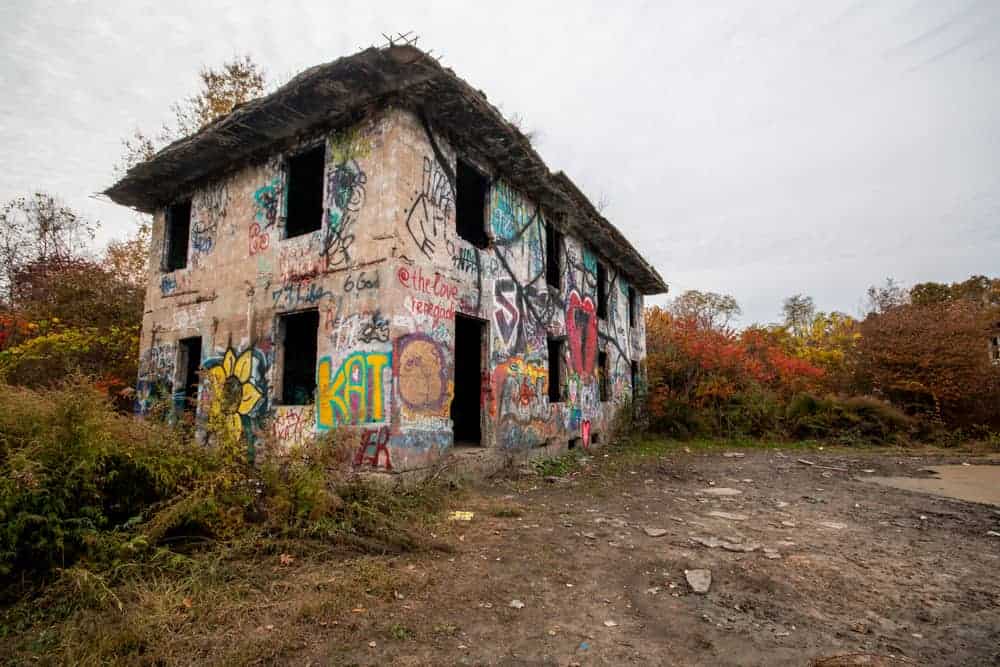
Moral Hazards
Let’s talk about morality. No, not about you are religious or vegan or what not… I’m talking about insurance morality. In the financial world (insurance included), there exists an ambiguous phrase: moral hazard.
In general terms, moral hazard is instances where protections offer certain entities freedom to take more risks. For example, banks can divert equity into risky ventures knowing that the government is willing to bail them out given disaster (i.e. 2008). Another personal example would be playing poker with a stranger’s money – it’s not yours anyways, so no need to fear losing it all.
Essentially, moral hazard is a risk management pattern and occurs when an individual believes he or she is shielded from risk. Insurance companies categorize moral hazard as nearly a given component while creating policies. Insurance fraud costs companies over $40 billion annually. As a result, they attempt to limit moral hazard situations as best as possible. However, this risk cannot be entirely avoided.

One of the first questions nearly all homeowner policies require you to answer is whether the policy location has been inhabited in the past 30 days. If the answer is no, insuring the address becomes far more difficult. Why? Theoretically, let’s examine an empty lot, unused and uninhabited for a year. Locals know that it is empty, but for the sake of argument, insurance agencies do not. Enter our antagonist: Jeff. Jeff sees a vacant building and decides to purchase a dwelling fire policy. The company agrees. Coincidentally and miraculously, the building bursts into flames the very next week. “Gas leak,” Jeff tells the officials. No one is hurt, but the insurance company is gutted for thousands of dollars. (Disclaimer: Do not try this. Companies have investigators which will poke holes in these stories. However, it is a headache for all sides when this happens.)
While this is an extreme example of moral hazard, instances like this exist. Usually involved in the underwriting process, companies make sure the insuree has moral standards. To filter out idiots (or geniuses) like Jeff, agents/brokers make sure that the property is inhabited. Unfortunately, Jeff is truly a minority of all moral hazard incidents.
Most accidents occur subconsciously. Given two members of society, one with auto insurance and one without, the uninsured driver operates their vehicle at a higher risk than his or her counterpart. On the flip side, this means that the insured driver drives with more freedom and less discipline than his or her capability. While minute, slight differences in driver attitude extrapolated across a large population such as the US creates drastic monetary differences.
As dependency on insurance grows in the US, companies will fight to keep down moral hazard’s effect in their numbers. Unfortunately, fighting a subconscious action is tougher than it sounds. Thus, the simplest solution, like the insured person, is to mitigate risk by, you guessed it, raising premiums. With that, we have ourselves a vicious cycle. In the car insurance industry, insured drivers feel protected while driving, allowing more accidents to occur. Companies see this pattern and raise premiums, resulting in drivers feeling justified to take advantage of protection policies. The perfect analogy is watching two angry drivers progressively accelerate to pass each other.
Luckily, this cycle occurs at a slow rate, as competition between companies caps premiums. However, moral hazard is still a problem for many, not just insurance companies. Consider the dangers of driving around less than focused drivers. The least we all could do is take care of ourselves and continue to avoid accidents.
